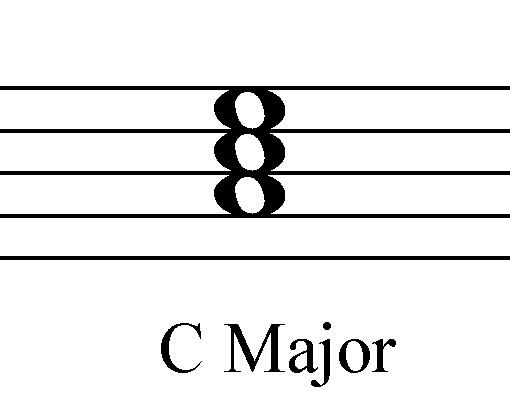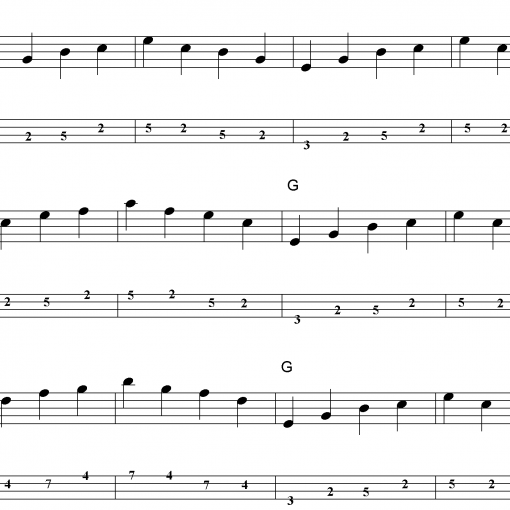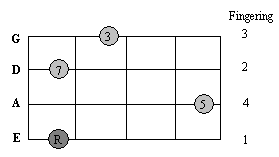Level: intermediate/advanced
No part of this lesson may be copied, reproduced, or distributed in any form without consent of the author. Copyright © Doug Ross, all rights reserved.
You should have a good understanding of basic diatonic harmony before diving into this lesson. If you’re not yet familiar with the harmonized major scale, please have a look at my previous lesson on that subject.
As a rhythm section player, bassists are sometimes given specific written-out lines to play, but we are also often asked to improvise a bass line based on a given chord progression, and perhaps a general stylistic description. For example, I might be told to create a “bossa nova” style bass line for something like this:

In order to pull this off, I need to know:
1) what the heck is a bossa nova? and
2) what chords do those symbols represent?
Today’s lesson addresses the second question. In order to get a feel for different rhythmic styles, I recommend that you start listening to as much varied music as possible. At first, though, I usually recommend that students start improvising with walking bass lines. A walking line is basically made up of just quarter notes, so you can concentrate on note choice worrying too much about rhythms and stylistic issues yet.
Every common chord in music has one, or sometimes several, shorthand notation forms that you’re likely to encounter on chord charts. Here, I’ve tried to compile the most common ones for you, although there is no universally agreed upon standard. Please commit these to memory. Let’s start with triads:

I’ve seen a lot more variety in seventh chord symbols, but these seem to be the most common symbols for common 4 note chords:

I have not indicated fingerings, because many of these chords have two or more practical fingerings on the bass, and you should explore all possibilities. Please remember that just because you know all of the notes in a given chord, you don’t have to play ALL of them every time you see that chord symbol. In fact, you probably shouldn’t most of the time. If it’s a simple rock tune, for example, you might only play the roots most of the time. But it is important to know what notes are available to you.
Here is an example of a walking bass line based on chord symbols. Notice that I chose to start each of the chords on either the root or the 3rd. These are often, but not always, the strongest notes to start on.

Also notice that I connected the chords smoothly by moving to the nearest available chord tone each time the chord changed. Again, lots of listening and lots of trial and error are needed in order to get proficient at creating bass lines like this on the fly. Limit yourself at first to chord tones only, and try writing out your own walking lines for various progressions until you can create them spontaneously. Next time, I’ll cover more advanced chord symbols.



